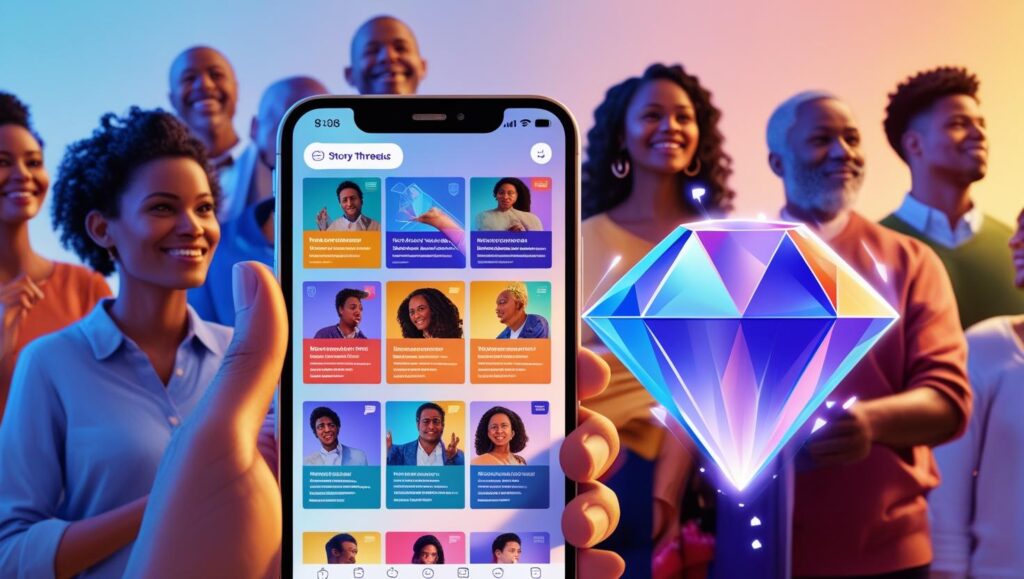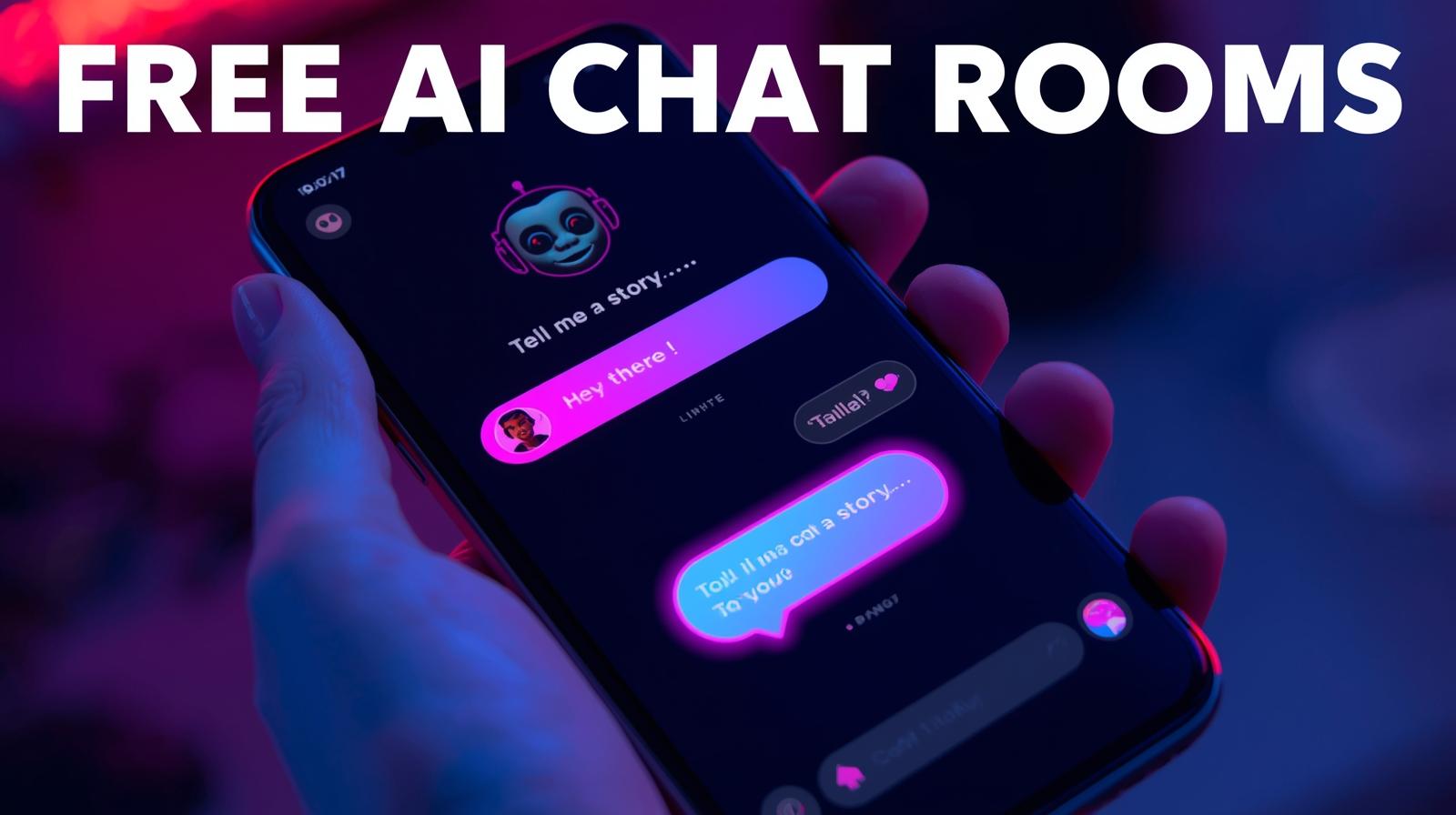Introduction to Storytelling in the Digital Age
Why Stories Matter More Than Ever
We’re living in the golden era of storytelling. In a world drowning in data and digital noise, what cuts through is emotion. And nothing delivers emotion like a well-told Multiple Stories.
The Power of Diverse Narratives
Every audience is a mosaic of experiences, backgrounds, and beliefs. Telling multiple stories around your core topics helps reach more hearts. The beauty is, one size doesn’t have to fit all. You can layer, expand, and pivot.
What Are “Your Topics” in Storytelling?
Defining Your Core Themes
Think of “your topics” as the pillars you stand on. They could be entrepreneurship, mental health, fashion, parenting, fitness—whatever lights your fire. Now imagine each of those pillars supporting many little bridges (stories) that take readers somewhere new.
Finding the Intersection Between Passion and Purpose
Where your interests meet your audience’s needs is where your storytelling magic lies. When you know what matters to both you and your readers, the stories start to flow naturally.
The Art of Telling Multiple Stories
Why You Shouldn’t Stick to Just One Angle
Imagine a diamond. It’s beautiful because of its many facets. Your topic is the diamond, and your stories are those sparkling angles. Why show just one side when you can dazzle with many?
Examples of Multiple Stories Around One Topic
Take “fitness,” for example:
- A journey from injury to recovery
- A day in the life of a personal trainer
- How to stay motivated during winter
- Fitness for new moms
- The psychology behind body image
All of these come from the same root but bloom in different directions.
Story Structures that Work
The Classic Hero’s Journey
This never fails. Start with a struggle, move through a transformation, and end with a triumph. It’s timeless because we all love rooting for the underdog.
The Relatable Everyday Story
Sometimes it’s not about climbing Everest. It’s about getting out of bed on a bad day. These stories connect deeply because they’re real.
The Problem-Solution Narrative
Start with a pain point your audience faces, and then walk them through your solution. Think of it as a mini-coaching session in story form.
Strategies for Creating Multiple Stories Around Your Topic
Mind Mapping Your Topic
Grab a whiteboard or a digital tool. Write your main topic in the middle. Branch out related ideas, sub-ideas, questions, experiences, and opinions. That’s your story map!
Using Personal Experiences to Expand Narrative
Your lived experiences are gold. Even everyday things—like a conversation with your kid—can spark content.
Research-Driven Angles
Look at trending topics, recent studies, and what your audience is searching for. Add credibility by backing your stories with research.
Case Studies: Brands and Creators Doing It Right
Nike – Storytelling Beyond Sneakers
Nike doesn’t sell shoes. It sells empowerment, identity, and perseverance. Their stories span from elite athletes to everyday warriors.
Humans of New York – Microstories That Matter
Each post is a glimpse into someone’s world. And yet, every story connects us all through shared humanity.
TED Talks – Diverse Ideas with Universal Appeal
Different speakers. Different ideas. One platform. TED shows how multiple stories can live under one roof.

Platforms to Share Your Stories
Blogs and Articles
Perfect for long-form storytelling. You own the space, and Google loves it too.
Social Media Threads and Reels
Bite-sized stories with visual punch. Use them to tease, inspire, or start conversations.
Podcasts and YouTube Channels
Ideal for deep dives. Add your voice, expressions, and visuals to the mix.
How SEO and Storytelling Intersect
Optimizing Stories for Search
Yes, stories can rank! Sprinkle relevant keywords, add compelling meta descriptions, and structure content with headings.
Using Keywords Without Losing Voice
Don’t force keywords. Blend them naturally like spices in a good curry—enough to flavor, but not overpower.
Tools to Help You Tell Better Stories
AI Tools for Writing and Brainstorming
Tools like ChatGPT can help you brainstorm or even draft. But always add your human touch.
Storyboarding and Visual Aids
Use Canva, Miro, or pen and paper to visualize your narrative flow. It makes a world of difference.
Common Pitfalls to Avoid
Overcomplicating the Message
Keep it simple. If a 10-year-old can understand it, you’re golden.
Inconsistency in Tone or Style
Develop a recognizable voice. Think of it as your storytelling fingerprint.
Ignoring the Audience’s Needs
Stories are for them, not just you. Always loop back to what your readers care about.
Keeping Your Stories Fresh Over Time
Updating Older Narratives
Revisit old stories. Add new insights, update data, or give them a modern twist.
Engaging With Your Audience for New Insights
Poll them. Ask questions. Your audience is a goldmine of ideas waiting to be mined.
Measuring the Impact of Your Stories
Tracking Engagement and Feedback
Comments, shares, likes, DMs—these are your applause. Track them.
Using Analytics to Adapt Strategy
Dive into metrics. Which stories kept readers engaged? Double down on those.
Encouraging Community-Driven Storytelling
Letting Your Audience Contribute
Feature their stories. Invite them to share experiences. Build a storytelling community.
Co-Creating With Others
Collab with writers, influencers, or your own followers. Two voices tell a richer tale.
Conclusion: Your Stories Are Your Superpower
At the end of the day, stories are how we connect, influence, and inspire. Whether you’re a blogger, brand, or creative soul—your topic has layers. And each layer is a story waiting to be told. So don’t hold back. Go beyond the obvious. Show the many sides of your passion. And watch your content come alive like never before.
FAQs
1. How do I come up with multiple stories for the same topic?
Start by brainstorming different angles, experiences, or questions around your topic. Use a mind map to visualize the variety.
2. What if my audience doesn’t relate to all the stories?
Not every story needs to hit home for everyone. As long as you rotate and diversify, you’ll keep different segments engaged.
3. How long should each story be?
It depends on the platform. A blog post could be 1,500 words; a tweet might be 280 characters. Focus on impact, not length.
4. Can I reuse parts of one story in another?
Absolutely. Just reframe and repurpose the content so it feels fresh and relevant in the new context.
5. What’s the best platform to test new stories?
Social media is ideal for testing. Post snippets or versions of a story and watch engagement levels to see what sticks.



